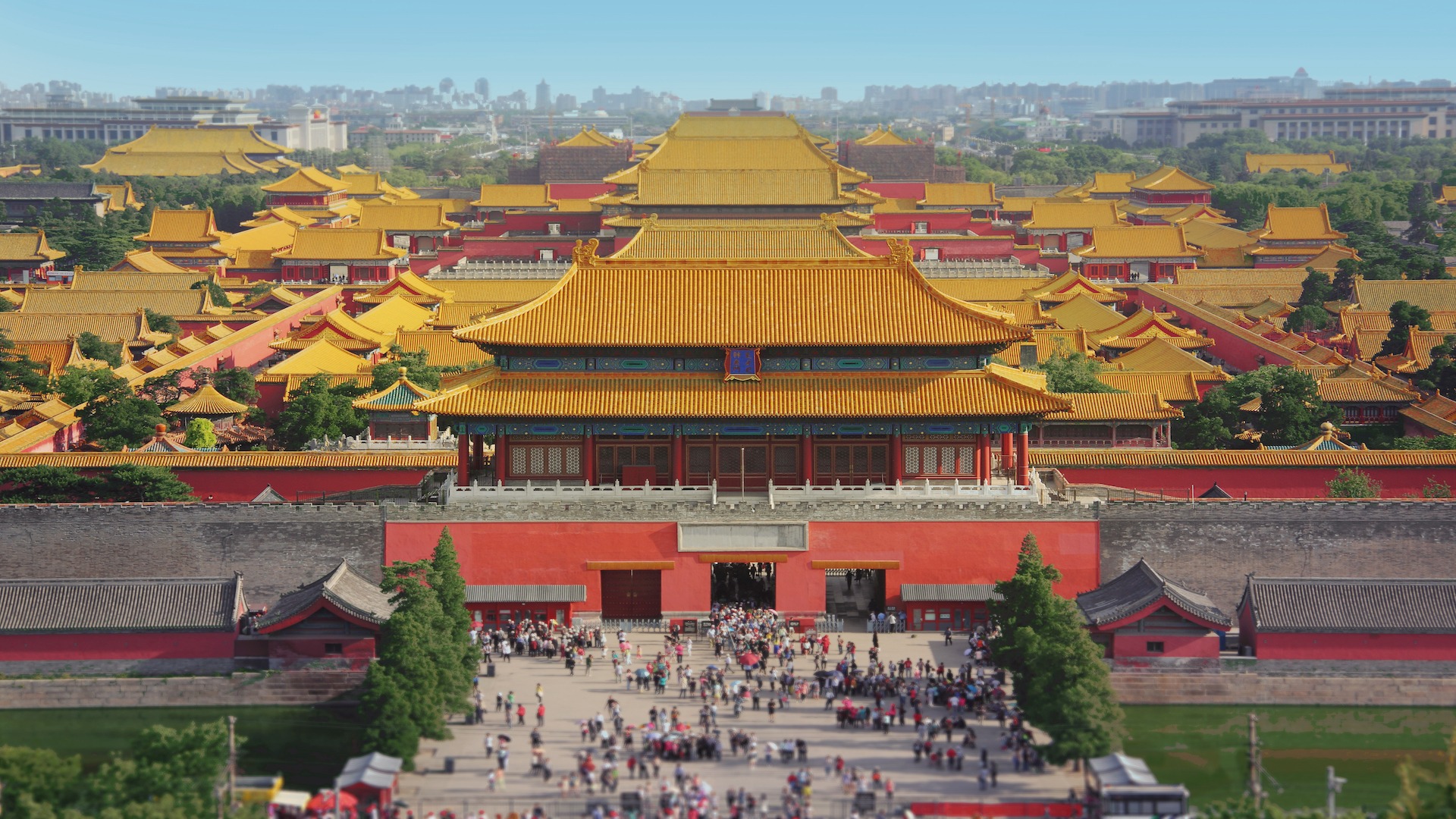Last updated on May 9th, 2025 at 05:04 pm
Beijing is a city where history and modernity blend seamlessly, with ancient alleyways leading to towering skyscrapers. While landmarks like the Forbidden City and the Great Wall attract millions, the city’s true charm lies in its hidden gems. Tucked away in quiet corners are forgotten temples, peaceful courtyards, and an underground art scene many travelers miss.
Exploring these lesser-known spots means stepping off the usual path, and staying connected makes the journey easier. A Beijing eSIM helps you navigate, translate, and discover without hassle. As we uncover these hidden locations, get ready to experience Beijing from a fresh, authentic perspective.
The Forgotten Village of Cuandixia
A couple of hours outside the bustling city, Cuandixia is an ancient mountain village frozen in time. Surrounded by rolling hills and terraced fields, it dates back to the Ming dynasty, with well-preserved stone houses and narrow alleyways that tell stories of a simpler era. Unlike modernized areas of Beijing, Cuandixia maintains its historical authenticity, offering a rare glimpse into traditional Chinese rural life. With few tourists around, it’s an ideal place for those seeking peace and history in one setting.
The Secret Courtyards of Shichahai
While Houhai and Nanluoguxiang are well-known for their lively hutongs, a short walk away lies Shichahai, an area home to quiet, hidden courtyards. Many ancient siheyuan (courtyard homes) have been converted into boutique hotels, teahouses, and artist studios. The charm of Shichahai isn’t just in its architecture but in how life moves slowly here. Locals sip tea by the water, elderly residents play chess under shaded trees, and you can hear the occasional sound of a guzheng being played inside an old courtyard.
The Lesser-Known Temples
Beijing has its share of famous temples, but a few remain untouched by large crowds. The Fayuan Temple, one of the oldest Buddhist temples in Beijing, offers a tranquil retreat from the city’s noise. Hidden in the Xicheng District, its peaceful gardens and ancient stone carvings make it an underrated gem. Another overlooked spot is the Zhihua Temple, known for its intricate wooden structures and hauntingly beautiful Buddhist music, which monks have performed for centuries.
The Underground Art Scene
Most visitors head to the 798 Art District for contemporary art, but those looking for something edgier should check out Caochangdi. This neighborhood, home to avant-garde galleries and experimental studios, offers a rawer and less commercialized version of Beijing’s art scene. Caochangdi is where some of China’s most daring artists push boundaries with exhibits that blend modern social commentary with traditional artistic techniques. Since many of these galleries are hidden within repurposed warehouses, a little digital assistance from a Beijing eSIM can make navigation easier.
The Secret Garden of Prince Gong’s Mansion
While Prince Gong’s Mansion is a popular destination, few know about its hidden garden. Beyond the main attractions of the mansion lies an exquisite, tucked-away garden with winding rock formations, miniature waterfalls, and beautifully designed pavilions. Unlike the crowded palace halls, this part of the estate remains a quiet sanctuary where one can truly absorb the elegance of Qing dynasty landscaping.
The Abandoned Railway Line
For urban explorers, an old, disused railway line in the Fengtai District offers a different side of Beijing. Once an active track, it has since been overtaken by nature, creating a unique blend of industrial decay and greenery. Walking along the tracks, you’ll encounter hidden graffiti, forgotten train cars, and a quiet escape from the modern cityscape. It’s an unconventional way to experience the city’s transformation over the years.
The Hidden Café Culture
Beijing’s café scene is thriving, but beyond the mainstream coffee spots, there are hidden gems only locals frequent. Small, book-filled cafes like Soloist Coffee in a quiet hutong or Metal Hands in an alley offer a unique atmosphere where travelers can take a break. Many places double as cultural hubs, hosting poetry readings, art events, and intimate live music sessions.
The Mysterious Stone Carvings of Baiyanggou
If you’re willing to venture a little further, Baiyanggou, a scenic area on the outskirts of Beijing, is home to ancient rock carvings that predate many of the city’s historic landmarks. These mysterious carvings, etched into the mountains, depict animals, mythical figures, and unknown symbols. Some historians believe they date back to the Yuan dynasty, while others claim they are older. Few tourists make the trip here, making it one of the most underrated archaeological sites in the region.
The Midnight Food Market
Most visitors go to Wangfujing or Ghost Street for a taste of Beijing’s street food, but the real culinary treasures appear after midnight. In certain city backstreets, small vendors set up unmarked stalls serving dishes that locals swear by—spicy lamb skewers, handmade dumplings, and traditional breakfast pancakes cooked to perfection. These spots aren’t advertised, and you often need a local’s recommendation to find them. Staying connected with a Beijing eSIM can help translate menus and find these late-night feasts.
Final Thoughts
Beijing’s hidden spots offer a deeper, more personal experience, connecting you to its history, creativity, and culture in ways most travelers miss. From forgotten temples to tucked-away courtyards and underground art galleries, these places reveal a lesser-seen side of the city.
Exploring beyond the usual landmarks is about curiosity and discovery. You can navigate seamlessly while uncovering these hidden treasures with the right tools. So next time you visit, step beyond the tourist trail—you might find something truly extraordinary.










